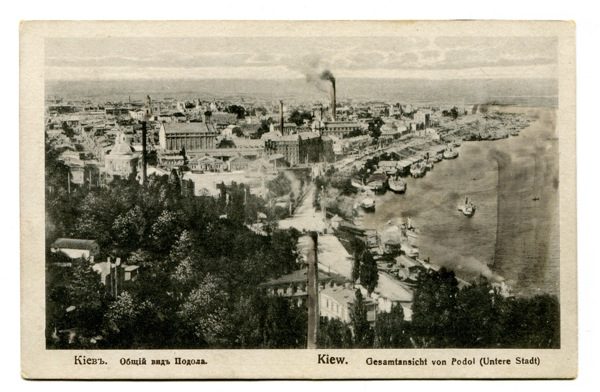Sacred Heights and Jewish Podil: ethnic reformulation, symbolic geography, and Russian conservative policy in Kyiv of the Late Imperial Period
Olha Martyniuk
National Technical University of Ukraine "Kyiv Polytechnic Institute"March 20, 2013
Library, Center for Urban History
At the outset of the twentieth century, Kyiv was the third largest city of the Russian Empire: the administrative and commercial hub of its southwestern corner, and a hotbed of contemporary Russian, Ukrainian, Polish, and Jewish cultural development. This was simultaneously a period marked by widespread social inequality, etho-religious discord, and extensive urban resettlement schemes. The volatile context of rapidly expanding capitalism and modernization resulted in increasingly frequent ethnic conflict and, in particular, waves of street violence directed at Kyiv’s Jewish population. In light of the resulting increase in civil rights activism among minority groups, the Russian conservative elite were tireless in their efforts to present Kyiv as "the sacred Russian land and cradle of Christianity".
This presentation provided an overview of the urbanizing, ethnic, and political changes experienced in Kyiv at the turn of the 19th-20th century, and their symbolic role among the city’s competing political factions at the time.
Olha Martyniuk
is a PhD candidate at National Technical University of Ukraine “Kyiv Polytechnic Institute”. Her field of concentration: Kyiv, in the inter-revolutionary period – 1905-1917, public policy, State Duma elections, Russian conservatism and liberalism, anti-Semitism, nationalism, and the women’s movement.
